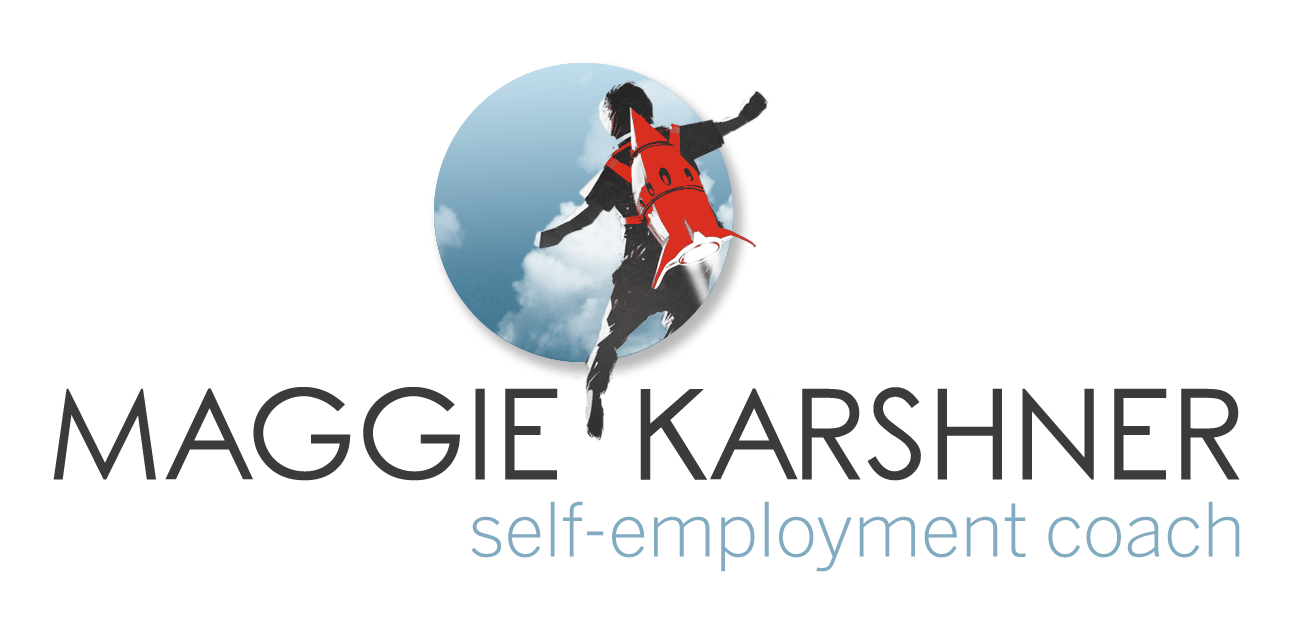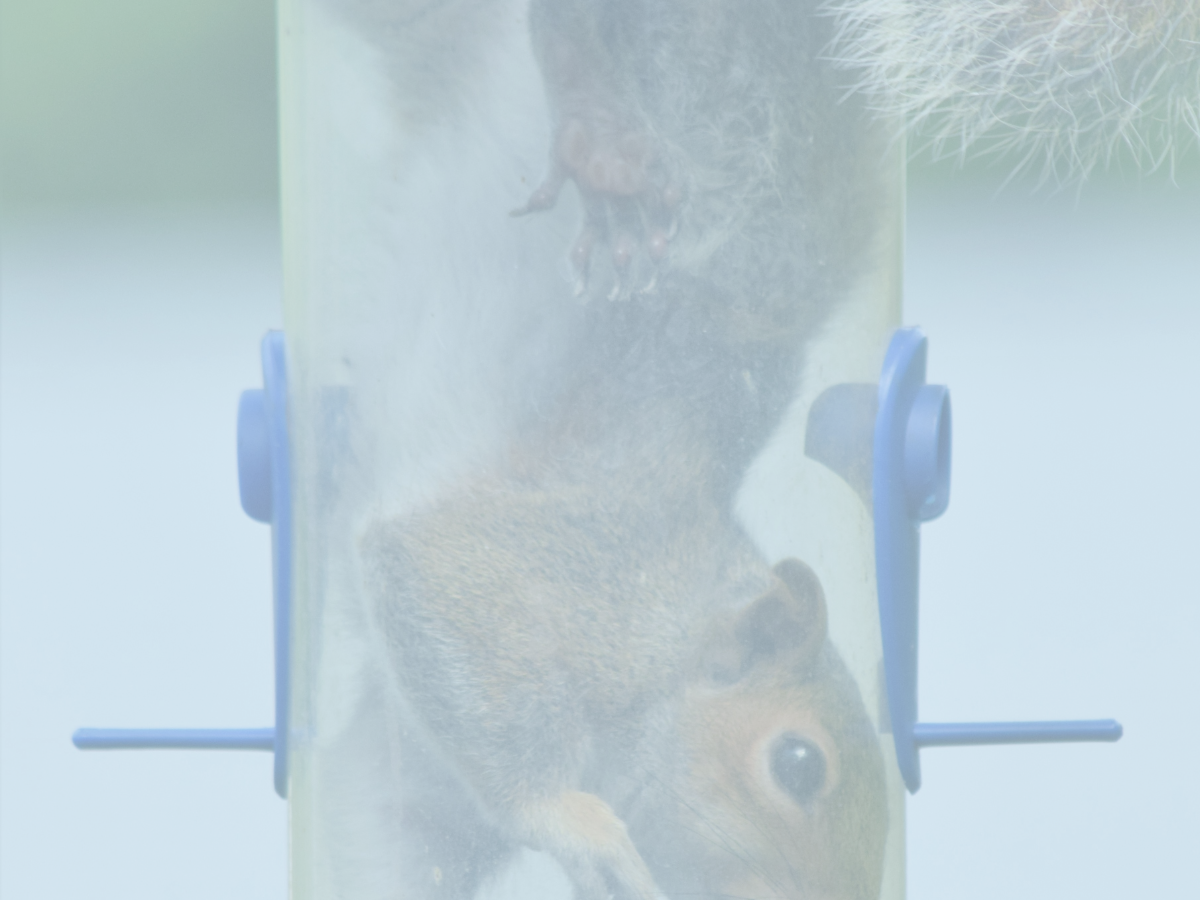The Scientific Solution to the Chicken and the Egg: How to Apply it to Business
/Have I worked with a client in the poultry industry? Oddly yes, but that's not what this is about. I notice folks wanting to start self-employment are often stuck at the start because they have so many things that need to get done. They're overwhelmed by all of them seemingly needing to get done all at the same time. Not sure what I mean? I'll elaborate and then demystify it.
Business Paradox
This paradox shows up in so many corners of a new business. Here are a few common ones:
You need to know how much to charge, but you also need to know how much the market will bear. But you can't really figure that out until you charge something.
You need something to sell and it needs to be something people really want. But the only way to find out what people want is to offer it to them.
You want to have a proof of concept before forming your LLC, but you can't do business before you've got the LLC.
You need to spend money to form your LLC, but you can't have a business bank account without an LLC.
These aren't true paradoxes because businesses do start. There is a path through all of these challenges. The problem and solution are similar to the paradox of the chicken and the egg: which came first? On its face, it's a paradox, but the truth is that neither chicken nor egg actually came first. It was a process of evolution, with each bird and egg moving slightly farther away from being a dinosaur.
The key to navigating your business paradox is to remember the proverbial chicken and egg. If you puzzle over which came first, you'll get nowhere fast. Instead, grow your business through a process of evolution. Make each tiny step move you slightly closer to where you want to be.
Evolutionary Business Development Stages
The inception of a business is an evolutionary process. It doesn't adhere to a strict chronology but rather unfolds organically. The journey begins with a spark of an idea, followed by a rough proof of concept. At some point, you've got to officially establish a legal entity. Eventually, the process lopes into a state of simultaneous growth. Explaining this necessitates more order than you'll probably actually experience. So if you feel like you're doing all 4 of these stages, well, you're correct!
1. The Seedling Idea:
Every business starts with an idea, a spark that ignites the entrepreneurial spirit. This is the seedling stage. Here the concept is still taking shape, evolving through brainstorming, ideating, and research. You might go back to the drawing board many times. You might go through some or all of the following steps and get back to here. It's all part of the journey.
2. Proof of Concept:
An idea needs to become real in some way. This might involve testing the waters, offering services under the table, or running a pilot project. Any of these can validate the feasibility and demand for the business. More regulated industries might not allow you to do this. In this case you validate your idea by interviewing others in your field. Get a sense of what the experience of self-employed folks is like. However you do it, you take actions that bring the idea out of the realm of daydream and closer to the real world.
3. Legit-ifying:
As the proof of concept shows promise, the need for a legal structure gains importance. A business license or legal entity like an LLC formalizes the business. This is also when you want to get some basic accounting principles in place. (A dedicated business bank account is a good first step!) While this could happen earlier, it can be just as valid to wait until you've got a clear idea of what this business is.
4. Simultaneous Growth:
Evolution doesn't occur in isolation. It's a collaborative process where various elements adapt and grow together. Similarly, clarifying every aspect of your business happens in concert with each other. Your business model, marketing, and financial viability are all dependent on each other. The key is embracing the evolutionary nature of the creative process. That and finding a way to grow every area of your business kinda simultaneously. Since you are one person, "simultaneous" means that you rotate among the areas, slowly inching progress along. Similar to how a dinosaur became a chicken, each iteration gets you a bit closer to where you're trying to go.
Overcoming the Chicken and Egg Conundrum
Knowing the stages is just one part of getting through the business paradox. How do you navigate such an amorphous process? I can't give you a map, but I can give you some compasses or strategies that can guide your way.
1. Start Small, Think Big:
Begin with the smallest viable version of your business. Test your ideas, products, or services on a small scale. This allows you to gain valuable insights without getting bogged down in bureaucracy. Take time to vision where your business could go. Strike a balance between your big wild vision and taking the absolute next baby step, but don't worry about the specific path between the two. Resist any force trying to get you to grow too quickly.
2. Field Testing:
You've got to try it out before you're too invested. That might mean you do some business before formalizing your business. This is key so that you know you enjoy the work before spending too much money. The actual worst-case scenario in my world is that my client goes through all the effort to have a full-fledged business only to discover they hate it. NIGHTMARE!
There's never just one way of delivering a service so get creative with it (if needed.) You could schedule your services, or offer them more ad-hoc. What would it look like if you offered your service remotely or in person? You could design longer or shorter engagements for your clients. You could choose to focus on fewer or more clients at a time. As long as you set clear expectations and you deliver the outcome they want, you're all good. Changes like these will shift your pricing, which is ok. This is the right time to make changes to your business model or pricing structure!
Don't depart from the things that bring you joy. It's great to try new things, but if you find you don't like it... get rid of it!
3. Consult Other Business Owners:
Talking with others is a key part of the business evolution process. For the verbal processors amongst us, talking to anyone is key to their process. Everyone benefits from talking to folks about what you're thinking. Talking to others helps ground your thought process in reality. It can be especially helpful to talk with other business owners. Always-employed folks often bring a fair amount of their own bias. Someone who's launched a business before has a more informed perspective. Ask to interview business owners within or beyond your social circle. Self-employment can be lonely, so think of this as the start of building your business community.
Don't know any other business owners? Seek guidance from small business organizations and professionals. An experienced coach or advisor can provide insights tailored to your specific situation. This helps you navigate a successful launch while minimizing risks. Free and low-cost resources for advice include SCORE, Business Impact NW, and Ventures. And of course, you've got me and my Facebook community of business owners!
4. Adapt and Pivot:
Evolution is marked by adaptation, so be ready to pivot and adapt your business. You'll adapt based on the feedback and data gleaned during the proof of concept phase. This doesn't mean you have to bend to every piece of feedback. It also doesn't mean you need spreadsheets full of data points.
Most often this involves refining what you offer or how you pitch it. Occasionally, this could change larger decisions like your brand or legal entity. This flexibility strengthens your business. Flexibility early in a business sets it on the path to be resilient to changing market forces.
An Example
I love the story of Febreeze as an example of this. (Though I don't like the product, lol.) The originators saw their product as a solution to messy, smelly households. So they went out, found those folks, and showed them their product. They found on the surface these folks said they liked the product, but they didn't actually use it often, if ever. This is a key problem because this is not the strong demand a product like this needs to be successful. They then went out and tried their product with clean folks. They presented Febreeze as the final finishing touch on a round of cleaning. It ensures smells are kept at bay. This is where they got traction. This massive marketing pivot ensured the product's existence. It's also how it gained the ability to permeate the whole cleaning industry.
Evolve or Die-off
The chicken and egg dilemma in business is not a roadblock but an invitation. Embrace this evolutionary nature of business to adapt, grow, and transform through various stages. Start with a seedling idea and let the proof of concept unfold organically. Formalize your legal entity as a protective adaptation, but then allow your business to evolve and thrive. In the realm of entrepreneurship, evolution is not a linear path. It's a dynamic, multifaceted journey where every twist and turn contributes to the success of your venture.




